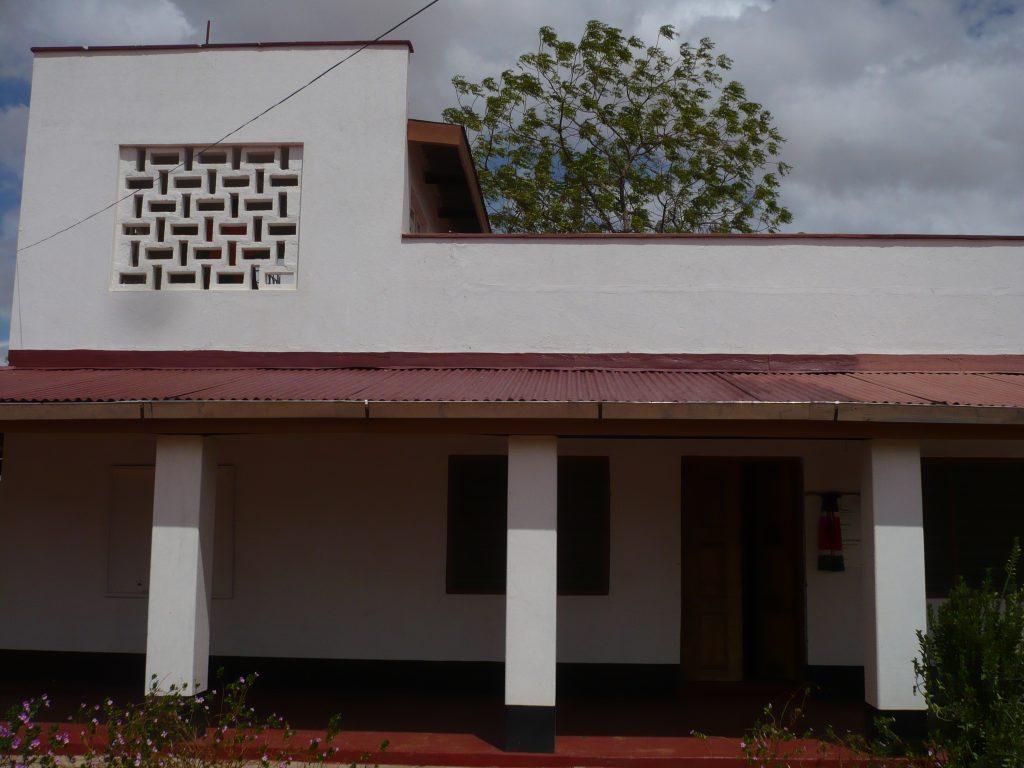 The Wajir Museum was officially opened on 19th April, 2011. The main objective of this Museum is to give you a glimpse of the rich cultural, historical and natural heritage of Northern Kenya and its interaction with the world.
The Wajir Museum was officially opened on 19th April, 2011. The main objective of this Museum is to give you a glimpse of the rich cultural, historical and natural heritage of Northern Kenya and its interaction with the world.
History of Wajir
Wajir was occupied in 1912, to prevent the Boranas from being driven away from the Wells which originally belonged to them by other tribes. British Officers arrived at Wajir in 1913.
In 1921 the military took over the administration of the district until September 1925 when it reverted to civil administration. In 1928, the boundary was shifted North of Modo Gashe to the line of Uaso Nyiro and Lake Dera. Until 1917, Bulsesa was a sub-district of Wajir but in 1918, Wajir became a district of its own.
The headquarters of Wajir was evacuated in 1940 during the Italian invasion. Except for that period, Wajir has remained a full district since 1918.
COMMUNITIES OF NORTHERN KENYA
The following nine communities form the northern part of Kenya: Borana, Rendile, Turkana, Elmolo, Pokot, Samburu, Somali, Dasanach and Gabbra.
They live a nomadic way of life in a semi-arid environment which supports camel, cattle, sheep, goats and donkeys. The Elmolo are fishermen while the Dasanach practice agro-pastoralism.
Contacts
Curator: Dalila Hassan Haji
Email: wajir@museums.or.ke
